Filter by

Mobile Web and Intelligent Information Systems
This book constitutes the refereed proceedings of the 12th International Conference on Mobile Web and Intelligent Information Systems, MobiWIS 2015, held in Rome, Italy, in August 2015. The 17 full papers and 3 short papers presented were carefully reviewed and selected from 55 submissions. The papers are organized in topical sections such as mobile services and applications; usability and visu…
- Edition
- 1
- ISBN/ISSN
- 978-3-319-23143-3
- Collation
- XVI, 229
- Series Title
- Lecture Notes in Computer Science
- Call Number
- -

Mobility Modeling for Vehicular Communication Networks
This brief presents a stochastic microscopic mobility model that describes the temporal changes of intervehicle distances. The model is consistent with simulated and empirical vehicle traffic patterns. Using stochastic lumpability methods, the proposed mobility model is mapped into an aggregated mobility model that describes the mobility of a group of vehicles. In addition, the proposed mobilit…
- Edition
- 1
- ISBN/ISSN
- 978-3-319-25505-7
- Collation
- XIX, 63
- Series Title
- SpringerBriefs in Electrical and Computer Engineering
- Call Number
- -

Model-Driven Engineering and Software Development
This book constitutes thoroughly revised and selected papers from the Second International Conference on Model-Driven Engineering and Software Development, MODELSWARD 2014, held in Lisbon, Portugal, in January 2014.The 10 thoroughly revised and extended papers presented in this volume were carefully reviewed and selected from 88 submissions. They are organized in topical sections named: invited…
- Edition
- 1
- ISBN/ISSN
- 978-3-319-25155-4
- Collation
- XIV, 197
- Series Title
- Communications in Computer and Information Science
- Call Number
- -
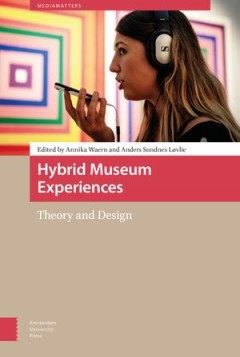
Hybrid Museum Experiences Theory and Design
"So you’re the one getting this gift? Lucky you! Someone who knows you has visited the museum. They searched out things they thought you would care about, and they took photos and left messages for you." This is the welcoming message for the Gift app, designed to create a very personal museum visit. Hybrid Museum Experiences use new technologies to augment, expand or alter the physical experi…
- Edition
- -
- ISBN/ISSN
- 9789048552849
- Collation
- -
- Series Title
- -
- Call Number
- -
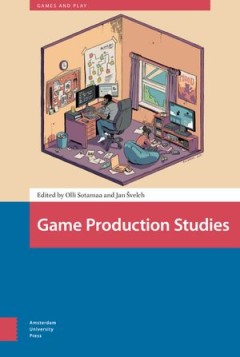
Game Production Studies
Video games have entered the cultural mainstream and in terms of economic profits they now rival established entertainment industries such as film or television. As careers in video game development become more common, so do the stories about precarious working conditions and structural inequalities within the industry. Yet, scholars have largely overlooked video game production cultures in fav…
- Edition
- -
- ISBN/ISSN
- 9789048551736
- Collation
- -
- Series Title
- -
- Call Number
- -

Microbial Biotechnology- A Laboratory Manual for Bacterial Systems
Microorganisms play an important role in the maintenance of the ecosystem structure and function. Bacteria constitute the major part of the microorganisms and possess tremendous potential in many important applications from environmental clean up to the drug discovery. Much advancement has been taken place in the field of research on bacterial systems. This book summarizes the experimental setu…
- Edition
- 1
- ISBN/ISSN
- 978-81-322-2094-7
- Collation
- XVI, 239
- Series Title
- -
- Call Number
- -
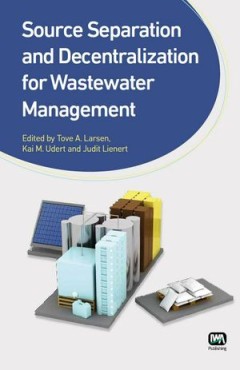
Source Separation and Decentralization for Wastewater Management
Source Separation and Decentralization for Wastewater Management sets up a comprehensive view of the resources involved in urban water management. It explores the potential of source separation and decentralization to provide viable alternatives to sewer-based urban water management. The book presents a comprehensive view of the state of the art of source separation and decentralization. It dis…
- Edition
- -
- ISBN/ISSN
- 9781843393481
- Collation
- -
- Series Title
- -
- Call Number
- -
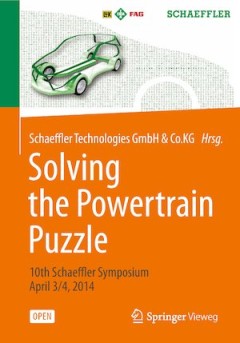
Solving the Powertrain Puzzle: 10th Schaeffler Symposium April 3/4, 201
Every four years, Schaeffler provides an insight into its latest developments and technologies from the engine, transmission and chassis as well as hybridization and electric mobility sectors. In 2014 the Schaeffler Symposium with the motto “Solving the Powertrain Puzzle” took place from 3th to 4th of April in Baden-Baden. Mobility for tomorrow is the central theme of this proceeding. The a…
- Edition
- -
- ISBN/ISSN
- 9783658064303
- Collation
- -
- Series Title
- -
- Call Number
- -
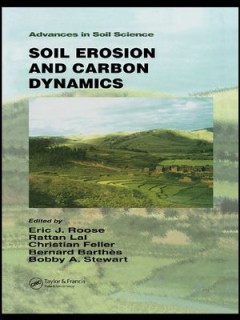
Soil Erosion and Carbon Dynamics
The most complete, nonpartisan source of information on this hot agronomic topic available today, this book brings together a diverse group of papers and data to resolve the debate between sedimentologists and soil scientists and agronomists over whether the effects of soil erosion on carbon and atmospheric CO2 is beneficial or destructive. Divided into four sections, it offers data on how soil…
- Edition
- Ed. I
- ISBN/ISSN
- 9781135460556
- Collation
- -
- Series Title
- -
- Call Number
- -

Snow Sports Trauma and Safety: Conference Proceedings of the International So…
This book covers the latest in snow sport epidemiology, snow sport injuries and treatment, and biomechanical/mechanical engineering related to snow sports injuries (mechanisms of injury, injury prevention by equipment design, injury prevention by design of resort features, and more). It brings together a collection of papers from the International Congress on Ski Trauma and Safety (the biennal …
- Edition
- -
- ISBN/ISSN
- 9783319527550
- Collation
- -
- Series Title
- -
- Call Number
- -
 Computer Science, Information & General Works
Computer Science, Information & General Works  Philosophy & Psychology
Philosophy & Psychology  Religion
Religion  Social Sciences
Social Sciences  Language
Language  Pure Science
Pure Science  Applied Sciences
Applied Sciences  Art & Recreation
Art & Recreation  Literature
Literature  History & Geography
History & Geography